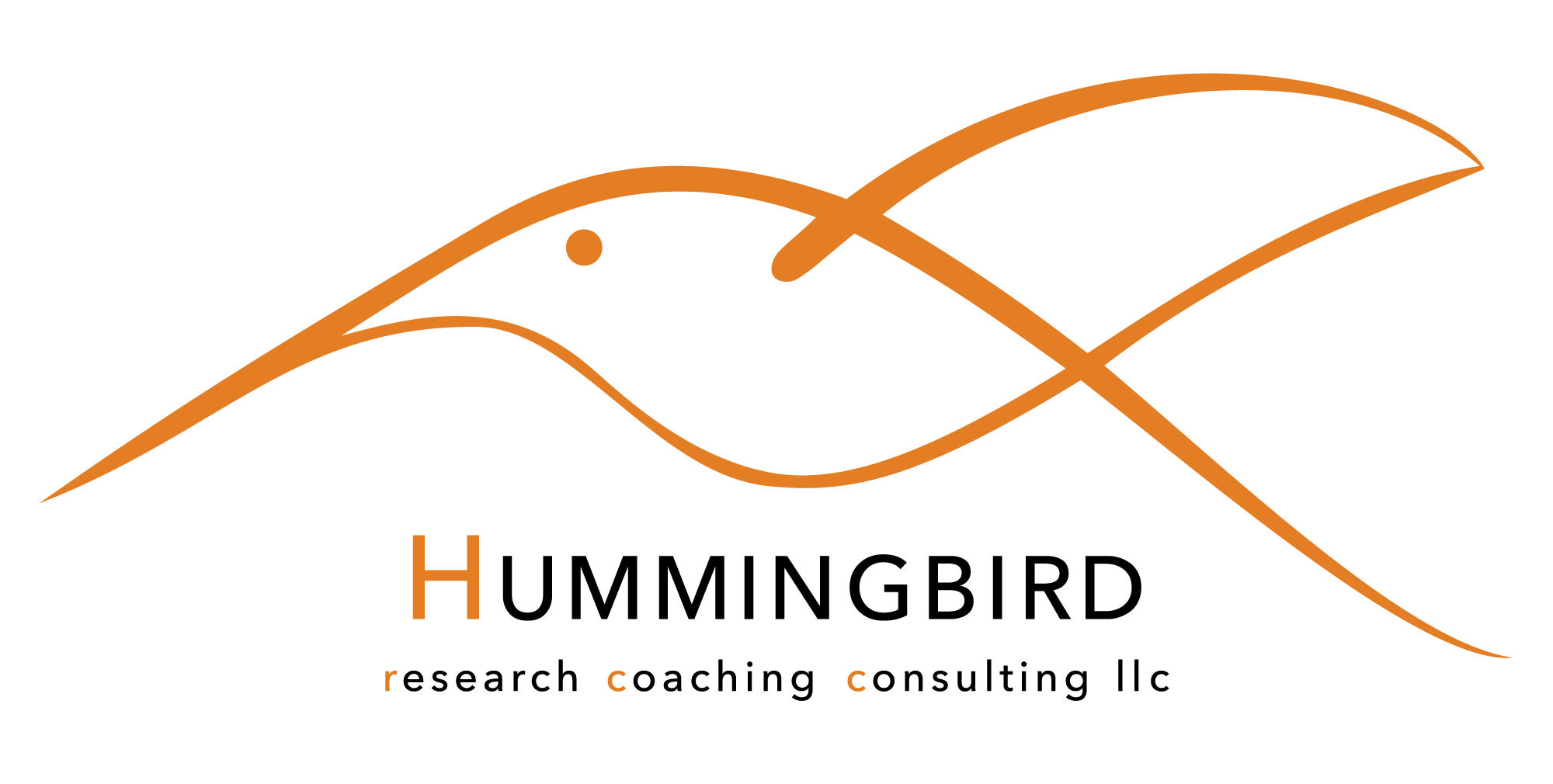“I’m not creative.”
How many times have you heard this? How many times have you said this? As children, we naturally expressed our creativity – whether it was through playing with pretend swords or drawing faces where the smile stretches beyond the face. As adults, however, so few us sustain that level of playfulness where fresh ideas are generated and innovative insights are uncovered. We think that creativity is the domain of artists and actors, but not “normal” people who live in a world of logic and data.
The truth is: we are all creative. Yes, even you logical, scientific people. The reality is that our brains are wired for creative problem-solving, as Tina Seelig, author of the new book, inGENIUS: A Crash Course on Creativity. The tough part is how to tap into that. Creativity and being open to creativity, at the core, is to develop our ability to look at an issue from different perspectives. Far too often, we get so caught up in the day-to-day that we see the same thing in the same way. A cardboard box is a cardboard box to us. To a kid, it’s a spaceship, a car, or a hotel.
An example: the classroom. We think of classrooms often in the same way: teacher talks, students sit in rows and listen (or pretend to listen). Well, two teachers – science teachers, no less – turned that around when they realized there was a better way to teach their students. They created the Flipped Classroom, using technology to give lectures online outside of school time and using classroom time for the students to do homework, work in collaborative groups, or following up with mini-lectures. The result is more engaged learners, deeper learning, and better grasp of the material.
Tapping into our creativity to reach challenging goals – increase sales by 10%, grow product line – requires stepping back and allowing our minds to look at the problem in different ways. There are many great techniques out there that prompt creative problem-solving. A few that we love to use in our ideation sessions with companies that is easy to adopt and add to your toolkit include:
- Gallery Storm: Each person puts an idea on a Flip Chart or sticky on a wall. Team members get a stack of sticky notes and go around the room, using the original idea as a spark for another idea or as a building block to grow it.
- Wishing Well: Each person/group makes list of their ideal situation – suspending all limitations (including the laws of nature). Then the group takes these wishes and finds alternatives and ways to make the wish a reality.
- Worst Idea Ever: Each person/group makes a list of the worst ideas they can ever think of when coming up with solutions. Then the group takes these bad ideas and finds alternatives and ways to turn them into good ones.
These are just a few – there are many of them that we use depending on the situation and group. The point is this: we are all creative, and sometimes, it just takes a few prompts to unleash that creativity, see things from a fresh perspective, and ignite fresh ideas.
The creativity process can lead to incredible results to meet challenges. And it is a fun process. Now that is creativity that makes a whole lot of logical sense.




Comments are closed